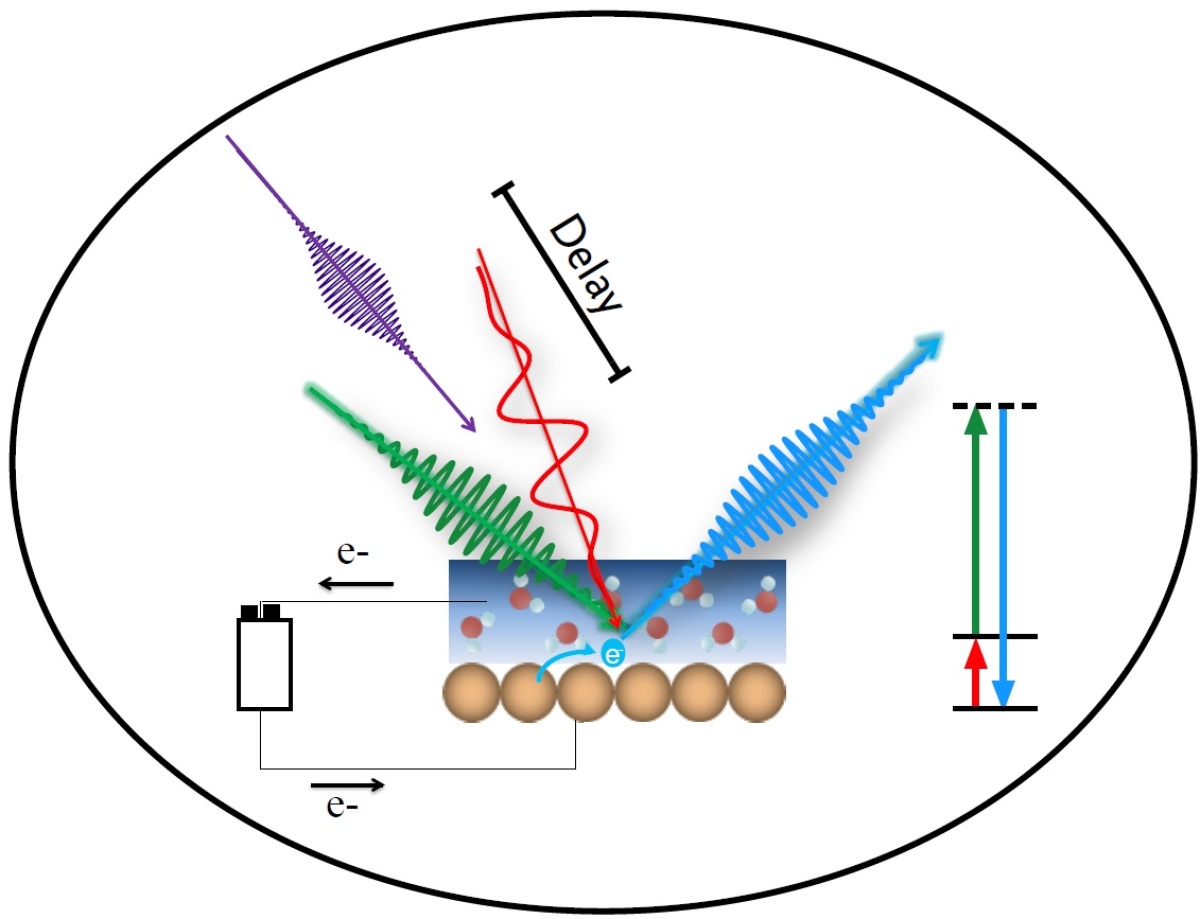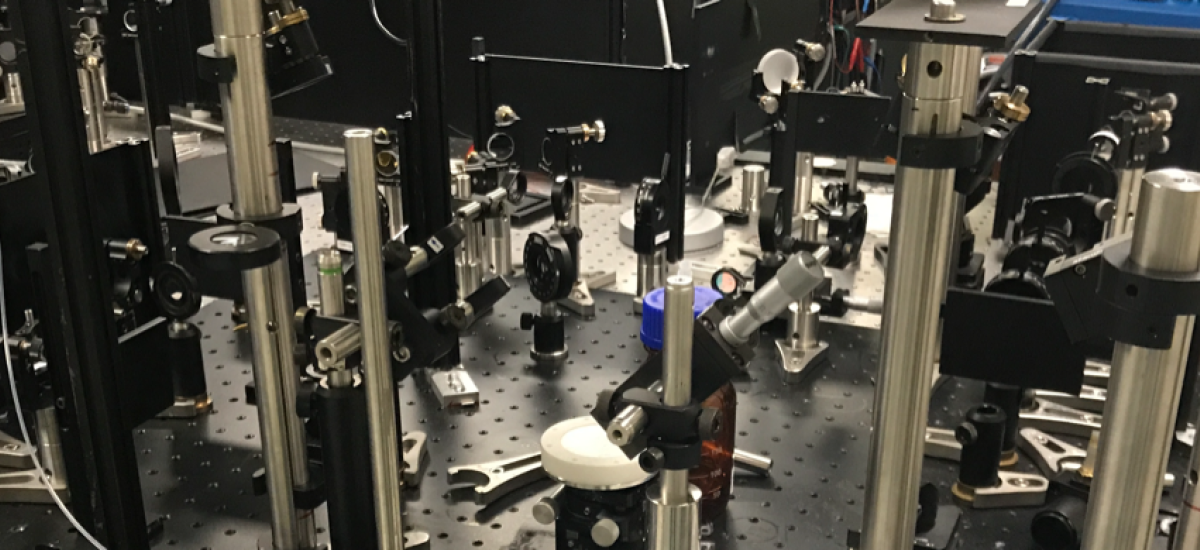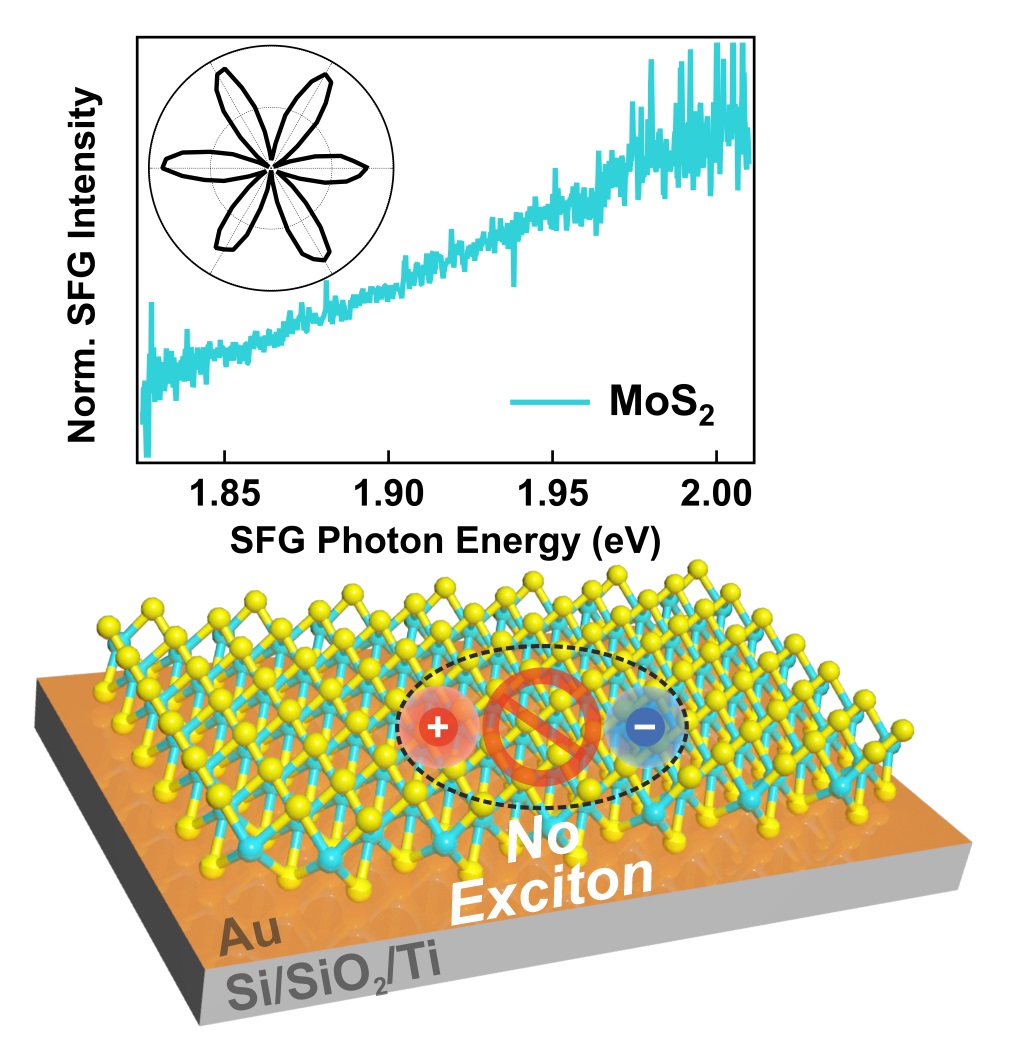AG Campen: Chemical Physics of Interfaces
***NEWS ***
Successful International Mini-Workshop on Energy Material Interfaces Showcases Global Collaboration and Innovation |
Dr. Yujin Tong, alongside Ms. Natalie Miladic, orchestrated a successful "International Mini-Workshop on Energy Material Interfaces" at Gutshotel Baron Knyphausen, Eltvilla am Rhein, Germany, from August 14-17. Over 20 scholars from China, Germany, USA, Brazil, and Taiwan actively participated onsite and online, achieving the workshop's goals of knowledge sharing, highlighting emerging trends in energy material interfaces, addressing challenges, and fostering networking for potential collaborations and research partnerships. The event proved to be a hub for cutting-edge research and global collaboration in the fields of energy harvesting, storage, renewable energy systems, and energy conversion technologies. For more information and pictures go to: https://sites.google.com/view/workship-energ-mater-interface/home |
Exciting New Insights into Monolayer Transition Metal Dichalcogenides and Gold Interaction |
Congratulation on Tao’s first PRB paper (Phys. Rev. B 107, 155433)! In this work, we employed azimuthal-dependent sum frequency generation (SFG) spectroscopy to analyze the interaction between monolayer MoS2, a TMDC, and gold surfaces. This was achieved by comparing the second-order nonlinear optical (NLO) response of MoS2 on both Si/SiO2 and gold, with a focus on how the patterns and intensities change with the azimuthal angle and under different polarizations. The study revealed that the interaction between MoS2 and gold significantly alters both the magnitude and symmetry of the NLO response, in contrast to its behavior on Si/SiO2. This finding aligns with prior theoretical studies, emphasizing a strong interaction between monolayer MoS2 and the gold substrate. This research offers a contact-free method to probe substrate-induced changes in the electronic structure of TMDC monolayers. Its implications are far-reaching, particularly in the development of optoelectronic devices, and it opens new avenues for exploring the potential of TMDCs in technological applications. |
Innovative Study Unveils New Optical Responses in 2D Semiconductor-Metal Junctions |
In this second piece of work (under review in PRB, preprint is available here |

Welcome to the Chemical Physics of Interfaces Group (Yujin Tong and Kramer Campen)
Most of the processes that shape the world around us or offer a prospect of future in which we live more sustainably with it – e.g. the mineral weathering that controls the evolution of the landscape, the proton pump(s) used as a cellular energy storage, or water electrolysis for the generation of molecular hydrogen to be used as a fuel – occur at interfaces. If we are to ever quantitatively understand these macroscopic phenomena we need to understand the molecular-scale mechanism by which they occur.
In the Chemical Physics of Interfaces Group we spend our days (and sometimes nights) thinking about the molecular scale structure and structural dynamics of interfaces both in and out of equilibrium. We do this by performing experiments. We build and adapt interface-specific nonlinear optical spectroscopies and mixed optical/electrical methods. Given these tools, we perturb interfacial structure by optical or electrical excitation and characterize what happens as the system relaxes to steady state. These tools allow us to work at all interfaces: solid/gas (over 17 orders of magnitude in gas pressure), (electrified) solid/liquid, liquid/gas and liquid/liquid over timescales from femtoseconds to hours.
We use this approach to gain fundamental insight into such processes as ion structure on the surfaces of aqueous solutions, how surfaces wet, and the molecular scale mechanism of (photo)electrocatalysis.
Feel free to investigate our website, check our papers or contact any of us for more information.
Head of Research Group Prof. Dr. R. Kramer Campen
Universität Duisburg-Essen
Fakultät für Physik
Experimentalphysik
Lotharstr. 1, MG 466
47057 Duisburg
Tel.: 0203 / 379 4690
Administration Natalie Miladic
Universität Duisburg-Essen
Fakultät für Physik
Experimentalphysik
Lotharstr. 1, MG 467
47057 Duisburg
Tel.: 0203 / 379 4691
Appointments Consultation hours
Dates by arrangement




